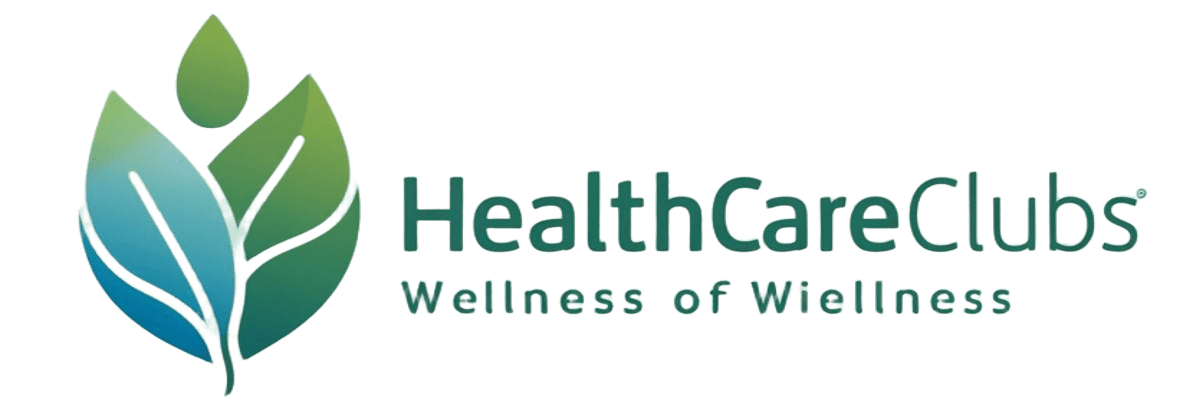Yeast infections, or candidiasis, result from an overgrowth of Candida fungus. This infection may develop in other areas on the body, including in oral regions, in the throat, on the skin, or in genital areas. Vaginal candidiasis is the most prevalent form of this infection, which happens to millions of women annually. Some factors that may lead to yeast infections include antibiotic use, hormonal shifts, diabetes, compromised immunity, and bad hygiene. Candida overgrowth may result in symptoms such as itching, burning, or discharge. Recognizing the symptoms and causes is crucial for treating and preventing infections.
Yeast infections can usually be treated with antifungal medicines in the form of cream, suppositories, or oral pills. Natural treatments can also help relieve symptoms and avoid infection in the future. A healthcare professional should be consulted to make the best choice in treating your individual case. Knowing the symptoms and causes of yeast infections allows individuals to take active measures to prevent and treat this frequent condition.
Common symptoms of yeast infections
The symptoms for an infection will differ based on where the infection is located. In vaginal candidiasis, some common symptoms include burning, itching, and thick, white discharge. Painful urination or painful sex may accompany some infections. Oral thrush, which is an infection in the mouth, on the tongue, and in the throat, results in white spots on the tongue and in the cheeks, as well as soreness and difficulty swallowing. Yeast infections in the skin result in redness, itching, and rash-like appearance.
Note that not every case of discharge or itching is that of a yeast infection. Other infections, including bacterial vaginosis or sexually transmitted diseases, can also bring on similar symptoms. As such, seek medical consultation if experiencing some unusual symptoms so that one can have an accurate diagnosis and proper treatment. By knowing common symptoms associated with yeast infections, individuals can make early medical intervention to treat discomfort.

Natural remedies for yeast infections
Alongside traditional medical treatment, there are some natural treatments that can also relieve symptoms associated with yeast infections. Some popular natural treatments include probiotics, which are friendly bacteria that can restore the body’s microbiological balance. Probiotics can either be taken orally in supplement form or consumed in fermented foods like yogurt, kefir, and sauerkraut. Another natural treatment for yeast infections is tea tree oil, which possesses antifungal capabilities that can prevent Candida overgrowth. Tea tree oil needs to be diluted before topical application to prevent irritation.
Garlic is one such natural remedy that has been used for centuries to cure yeast infections. Garlic possesses an active compound called allicin that is known to have antifungal properties. Consumption of raw garlic or garlic supplements could prove to be beneficial in curing symptoms associated with a yeast infection. Coconut oil has also been found to possess an antifungal property that can be applied to the affected part to eradicate itching and discomfort. Natural remedies have to be used with utmost care because while some people might find them useful, others may not. Therefore, one needs to consult a healthcare practitioner to avoid adverse effects, if any, due to their use.
Dietary modification to prevent yeast infections
Diet is an important part of preventing or controlling yeast infections. Some foods have been found to encourage Candida growth and can lead to an overgrowth in the body. To prevent yeast infections, one needs to avoid excessive consumption of sugar and refined carbohydrates since these foods tend to feed Candida. On the other hand, one should emphasize eating foods that contain whole grains, lean meats, healthy fats, fruits, and plenty of vegetables. Along with avoiding refined carbohydrates and sugars, it could also be useful to avoid alcohol consumption and fermented foods, as these also have the potential to promote an overgrowth of yeast. Switch to non-caffeinated herbal teas and plenty of purified water to hydrate and maintain overall health. In some cases, avoiding dairy products might also be useful, since lactose intolerance can lead to digestive complications that may complicate infections with yeast. By making dietary adjustments that improve overall health and promote prevention of infections with yeast, individuals can proactively retain their health.
Lifestyle adjustments to aid in treating yeast infections

Along with dietary alterations, some lifestyle habits can assist in treating yeast infections. Good personal hygiene is crucial in preventing as well as treating yeast infections. This involves following genital hygiene habits, use of cotton underpants, and avoiding tight clothes that retain moisture and allow Candida to thrive. One should also refrain from douching and using perfumed feminine products because these alter the natural flora composition in the vaginal environment, natural remedies for yeast infection.
Another key role in helping treat yeast infections is stress management. Stress can drain the body’s energy, weaken the immune system, and lead to an overgrowth of Candida. Stress-reducing techniques like yoga, meditation, or breathing exercises can help maintain overall health as well as avoid contracting yeast infections. Getting plenty of rest at night is also crucial in keeping one’s immune system strong to help the body ward off infections. By adopting behaviors that help promote overall health, individuals can proactively help manage yeast infections.
Natural methods to treat yeast infections
Aside from natural treatments, some herbal treatments have been used for centuries to cure yeast infections. One herbal remedy is oregano oil, which possesses high levels of antifungal properties that can fight off Candida overgrowth. Oregano oil needs to be diluted for application on the skin or used orally as an oral supplement. Pau d’arco tea, created from the inner cortex of the Tabebuia avellanedae, is another herbal remedy for yeast infections. Pau d’arco is an antimicrobial agent that might allay symptoms associated with yeast infections.
Another herbal remedy that has been used to treat yeast infections is goldenseal. Goldenseal is made up of berberine, an antibacterial compound that is found to possess antimicrobial properties. Goldenseal is taken orally as a supplement or applied directly to the infected area. However, it is noted that not all herbal remedies work for all people. Consultation with a health professional is needed to use herbal remedies to confirm their safety and efficacy.
![]()






